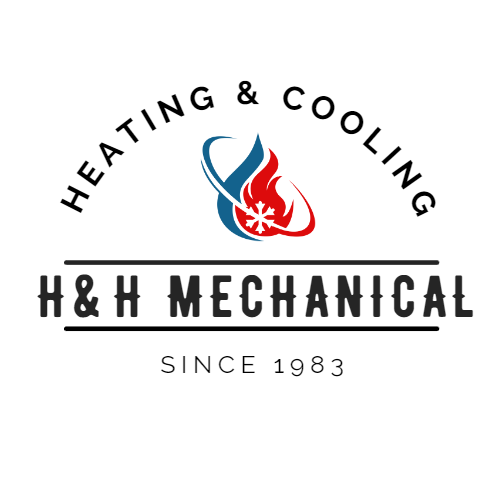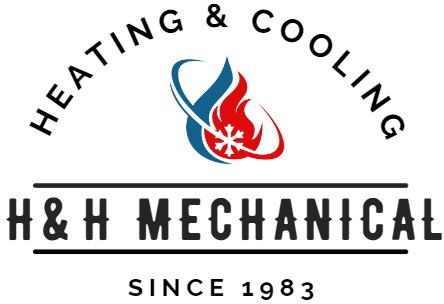What Does Pollen Do to Your HVAC?: Understanding the Impact and Solutions
Pollen's not just a concern for your allergies; it also poses a notable threat to the efficiency and longevity of your HVAC system. When trees, grasses, and flowers bloom, they release these tiny, powdery grains into the air, and inevitably, some of it finds its way into our homes and HVAC systems. But what does pollen actually do to your HVAC? Let's explore the impact and solutions.
1. Clogged Air Filters
Air filters are the first line of defense in your HVAC system, trapping pollutants, dust, and yes — pollen. During high pollen seasons, filters can become clogged faster than usual, which impedes airflow.
Solution: Check and replace your HVAC filters more frequently during peak pollen times. Consider investing in filters with a higher MERV rating that can capture smaller particles, including pollen, without restricting airflow.
2. Reduced Efficiency
When pollen clogs the filter, your HVAC system has to work harder to pull air through it. This strain not only reduces efficiency but can also lead to an increase in your energy bills as the system consumes more power to maintain your desired indoor temperature.
Solution: Regular maintenance, including professional inspections and cleanings, can help ensure that your system is running as efficiently as possible.
3. Increased Allergens Indoors
If pollen makes its way past a dirty or inefficient filter, it can circulate through your indoor air, posing a risk to allergy sufferers. This defeats the purpose of having an HVAC system that's supposed to provide a clean, comfortable indoor environment.
Solution: Consider adding air purifiers with HEPA filters to your home, especially in bedrooms, to further reduce allergen exposure inside. Also, ensure that your home is well-sealed to minimize the infiltration of outdoor air that could bring in additional pollen.
4. Strain on the Entire System
An HVAC system struggling with a dirty filter and reduced airflow may experience strain on its components. The blower fan can wear out faster, and the evaporator coils can freeze, leading to potential system breakdowns and expensive repairs.
Solution: Schedule preventative maintenance to ensure that all components of the HVAC system are functioning correctly. The technician can identify and address potential issues before they escalate into more significant problems.
5. Decreased Indoor Air Quality
Not only can excess pollen in your system exacerbate allergies, but it can also affect people with no known allergies. Poor air quality can lead to a general discomfort, with symptoms like sneezing, coughing, and headaches being common.
Solution: In addition to regular HVAC maintenance and filtration, you might also want to invest in a whole-house dehumidifier to maintain optimal humidity levels, which can help prevent the proliferation of mold and other allergens.
Pollen can wreak havoc on your HVAC system if not properly managed. However, with proactive care and the right equipment, you can minimize its effects. Regularly clean and replace air filters, seal leaks in your home, and consider investing in supplemental air purification tools. By taking these steps, you can safeguard your HVAC system, maintain good indoor air quality, and ensure a pleasant and allergen-reduced environment at home.

The body content of your post goes here. To edit this text, click on it and delete this default text and start typing your own or paste your own from a different source.
You might also like





